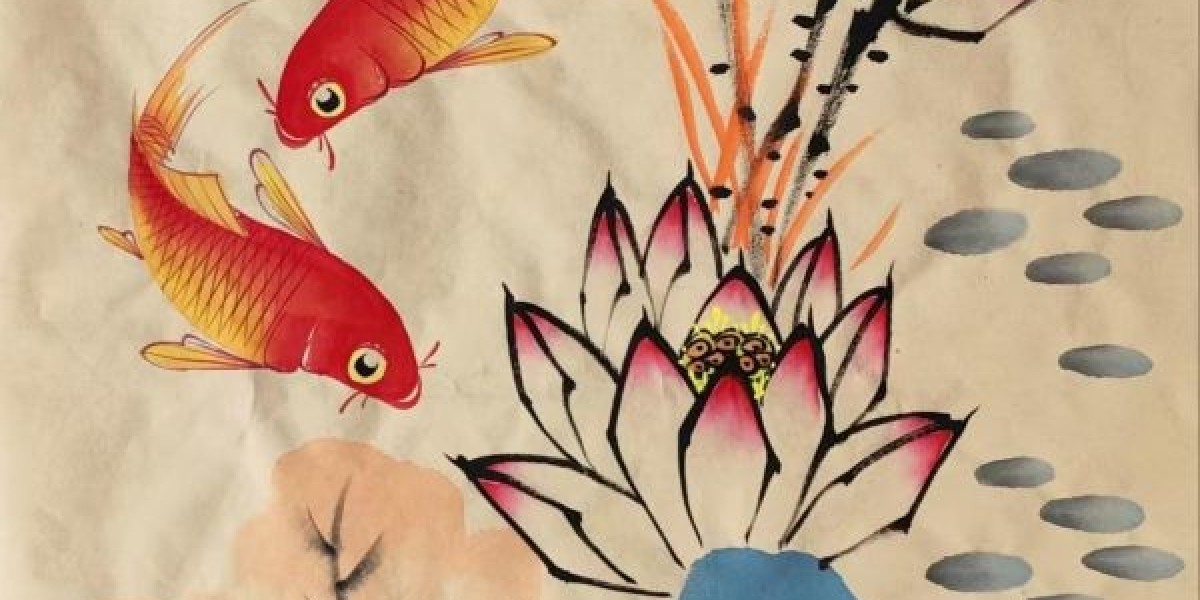Traditional Chinese drawings, also known as Chinese ink wash painting or “guóhuà” (国画), hold a distinctive place in the global art scene due to their elegant simplicity, deep philosophical roots, and unique techniques. These drawings are more than just visual representations—they reflect the artist's inner world, connection with nature, and the essence of Chinese culture.
One of the most remarkable features of Chinese drawings is their use of ink and brush on rice paper or silk. Unlike Western art that often emphasizes realism and color, Chinese drawings focus on capturing the spirit, energy, or "qi" (气) of the subject. Artists rely heavily on brush techniques, varying pressure, and ink tones to create different textures and emotions. A single stroke can express wind, movement, or emotion, showcasing the artist's skill and mental state.
Chinese drawings often revolve around three main themes: landscapes (shān shuǐ), birds and flowers (huā niǎo), and figures (rén wù). Landscape painting is particularly revered. These aren’t literal depictions but imagined views that blend mountains, rivers, and mist—conveying peace, solitude, and harmony with nature. The goal isn't to recreate what the eye sees, but what the heart feels.
Another distinctive element is the philosophical and spiritual influence from Taoism, Confucianism, and Buddhism. These philosophies promote balance, serenity, and contemplation. That’s why many Chinese paintings have empty or blank spaces. This “negative space” is intentional—it represents the unseen, the spiritual, or simply gives room for the viewer’s imagination to breathe.
Calligraphy also plays a major role in Chinese drawings. Many artworks include poetic inscriptions, the artist's signature, and red seals. These aren’t just decorations—they add meaning and are considered part of the composition. The brush used for calligraphy and painting is often the same, reinforcing the close relationship between writing and visual art in Chinese culture.
Chinese artists also emphasize personal expression over formal accuracy. Two artists painting the same bamboo or mountain will produce completely different results, reflecting their mood, style, and perspective. This subjectivity makes each drawing deeply personal.
Even in modern times, traditional Chinese drawing continues to inspire contemporary art. Many artists blend ancient techniques with modern ideas, creating works that appeal globally while retaining Chinese identity.
In conclusion, traditional Chinese drawings are unique because of their materials, techniques, and cultural depth. They are not just about what is drawn, but how it is drawn and what it means. These artworks bridge the outer world and the inner spirit, offering viewers not just a picture, but a quiet, thoughtful experience—one brushstroke at a time.








